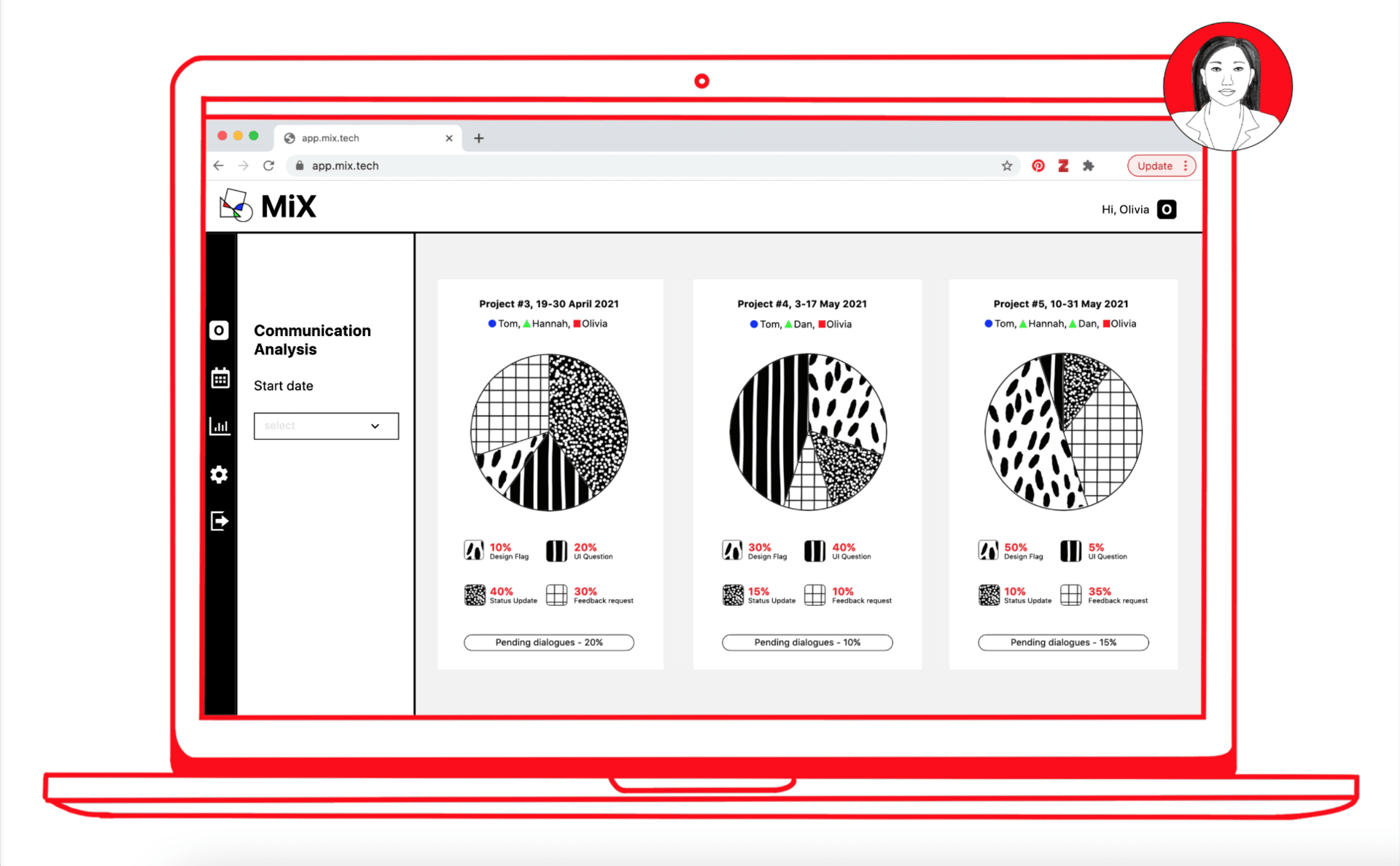Lior Shulak-Hai is a strategic thinker and maker focused on human interaction. During her pursuit of a masters in Innovation Design Engineering (MSc/MA) she specialised in building concepts based on user experiences and defining clear problem-based narratives. She is passionate about exploring people’s emotional needs and sees design as a powerful tool that can bridge gaps and make a positive change in people’s lives. Her work is characterised as conceptual, but also hands-on which allows her to balance user needs with real-life limitations, and to combine empathetic design approaches when different users are involved.
Awards & Recognitions
2021. Participant - Wild Card accelerator by EIT health (as part of BrightSide- Group project)
2016. Finalist- The future of fashion program by Not Just a Lable.
2014. ITS (International Talent Support) competition- Swarovski Jewellery Award, first prize at the Jewellery category & Samsung project finalist.
2013. Graduation with honours, Jewellery Department, Shenkar College.
2011. Henry and Miriam Solan Excellence Award for Academic Achievements, Jewellery Department, Shenkar College.


![[untitled]](https://res.cloudinary.com/rca2020/image/upload/f_auto,h_900,w_1920,c_fill,g_auto,q_auto/v1/rca2021/60c529c9a98c7847e50c1c47-634857?_a=AXAH4S10)
![[untitled]](https://res.cloudinary.com/rca2020/image/upload/f_auto,h_900,w_1920,c_fill,g_auto,q_auto/v1/rca2021/60c5baa3a98c7847e58f1b3d-666393?_a=AXAH4S10)
![[untitled]](https://res.cloudinary.com/rca2020/image/upload/f_auto,h_900,w_1920,c_fill,g_auto,q_auto/v1/rca2021/60c5baa3a98c7847e58f1b3d-677177?_a=AXAH4S10)
![[untitled]](https://res.cloudinary.com/rca2020/image/upload/f_auto,h_900,w_1920,c_fill,g_auto,q_auto/v1/rca2021/60c5baa3a98c7847e58f1b3d-699191?_a=AXAH4S10)






![[untitled]](https://res.cloudinary.com/rca2020/image/upload/f_auto,h_900,w_1920,c_fill,g_auto,q_auto/v1/rca2021/60c5bab6a98c7847e58f49d8-723675?_a=AXAH4S10)
![[untitled]](https://res.cloudinary.com/rca2020/image/upload/f_auto,h_900,w_1920,c_fill,g_auto,q_auto/v1/rca2021/60c5bab6a98c7847e58f49d8-728305?_a=AXAH4S10)
![[untitled]](https://res.cloudinary.com/rca2020/image/upload/f_auto,h_900,w_1920,c_fill,g_auto,q_auto/v1/rca2021/60c5bab6a98c7847e58f49d8-755806?_a=AXAH4S10)
![[untitled]](https://res.cloudinary.com/rca2020/image/upload/f_auto,h_900,w_1920,c_fill,g_auto,q_auto/v1/rca2021/60c5bac2a98c7847e58f62f4-954570?_a=AXAH4S10)